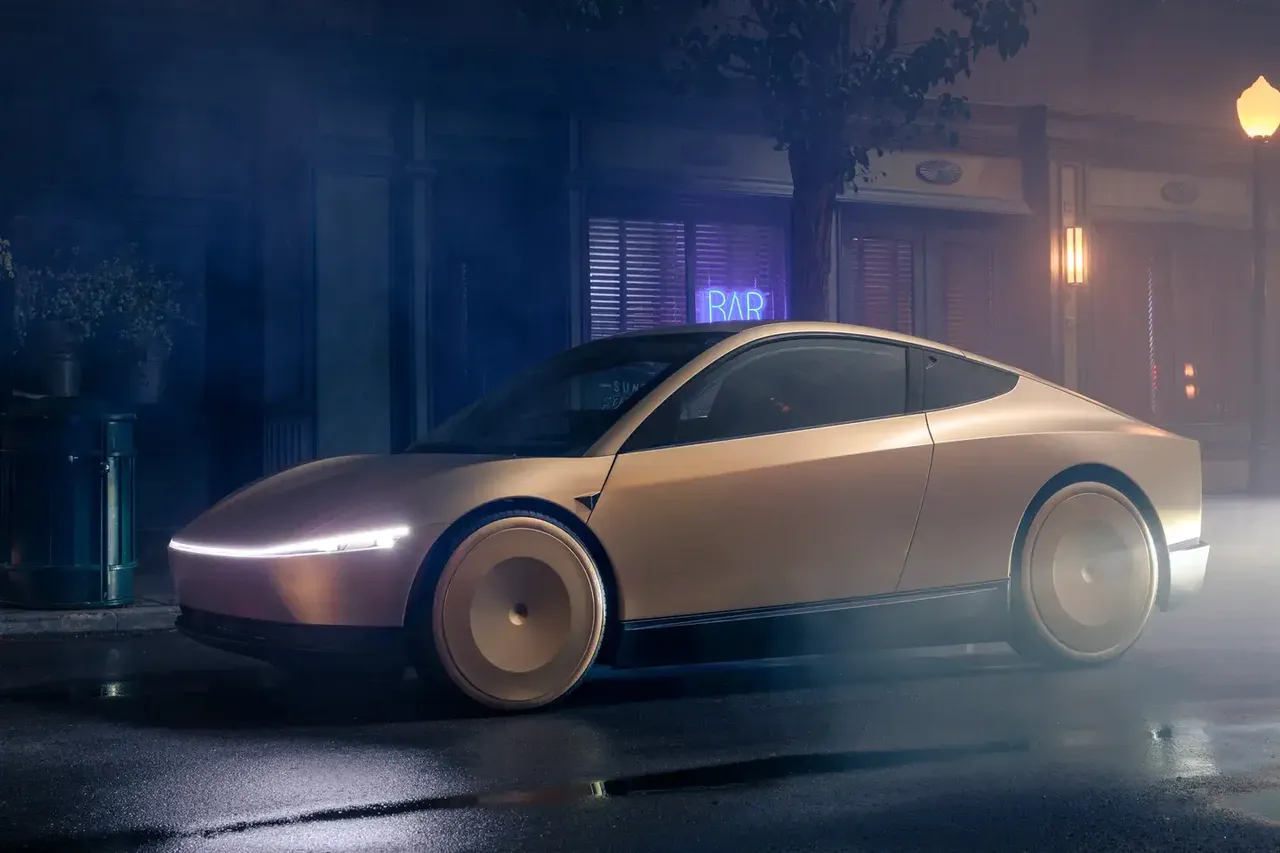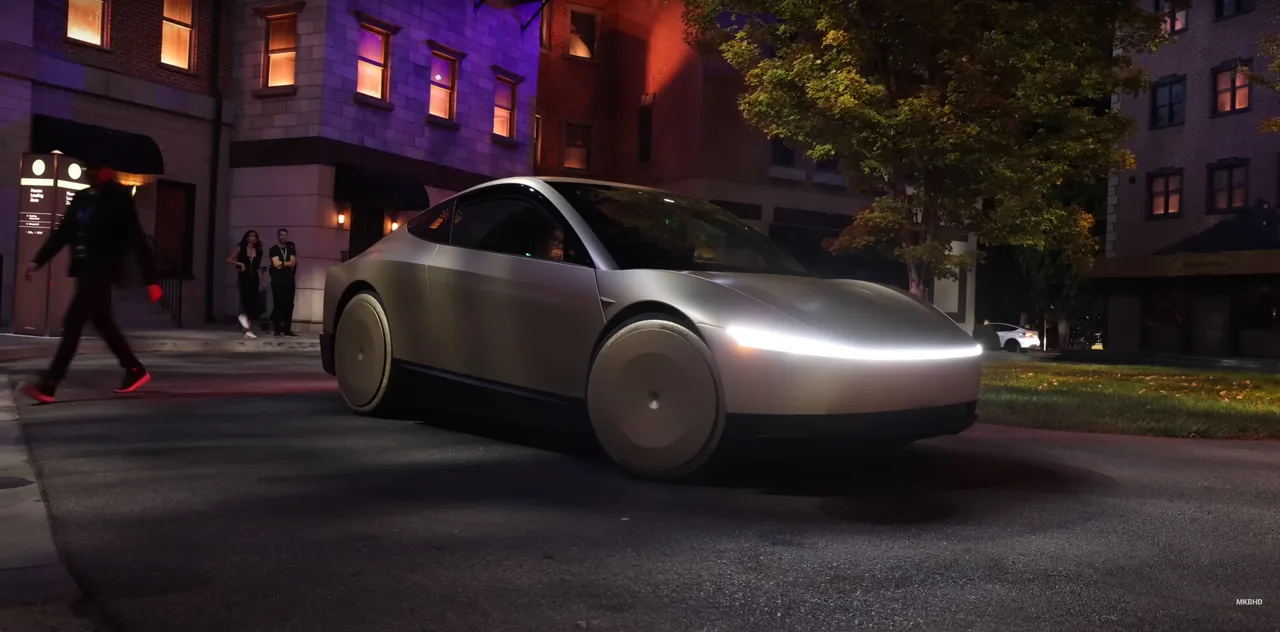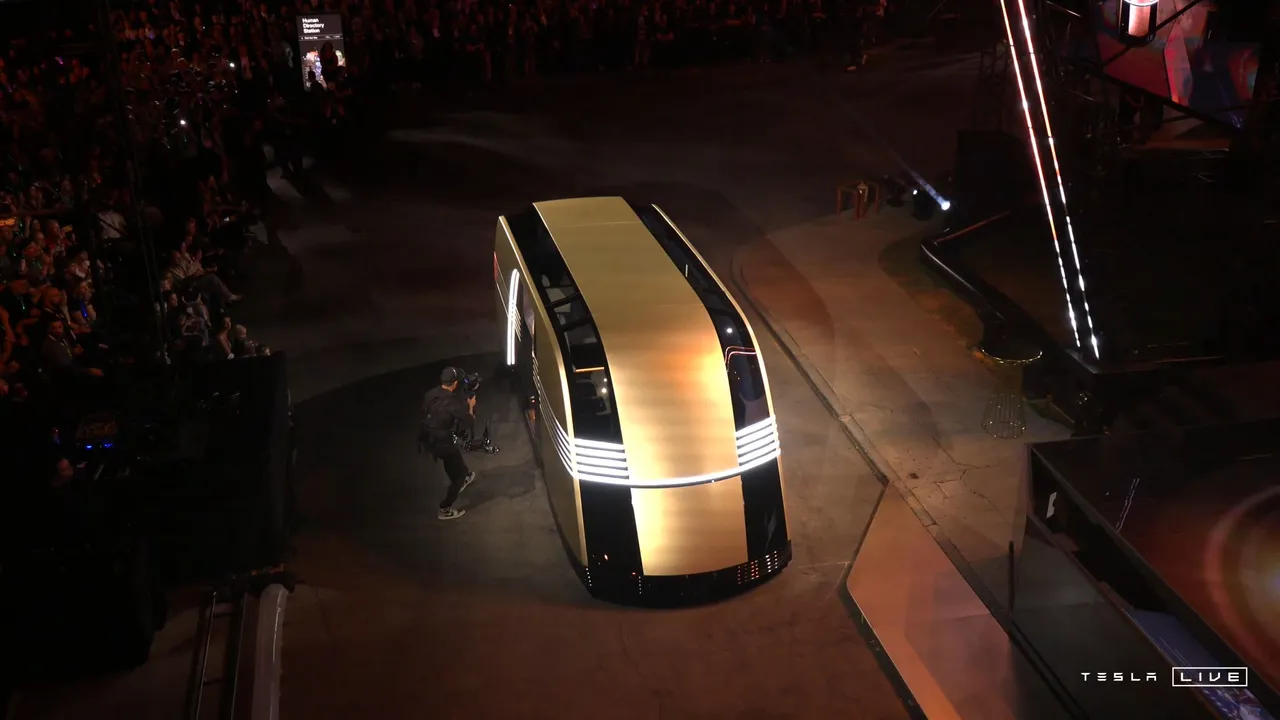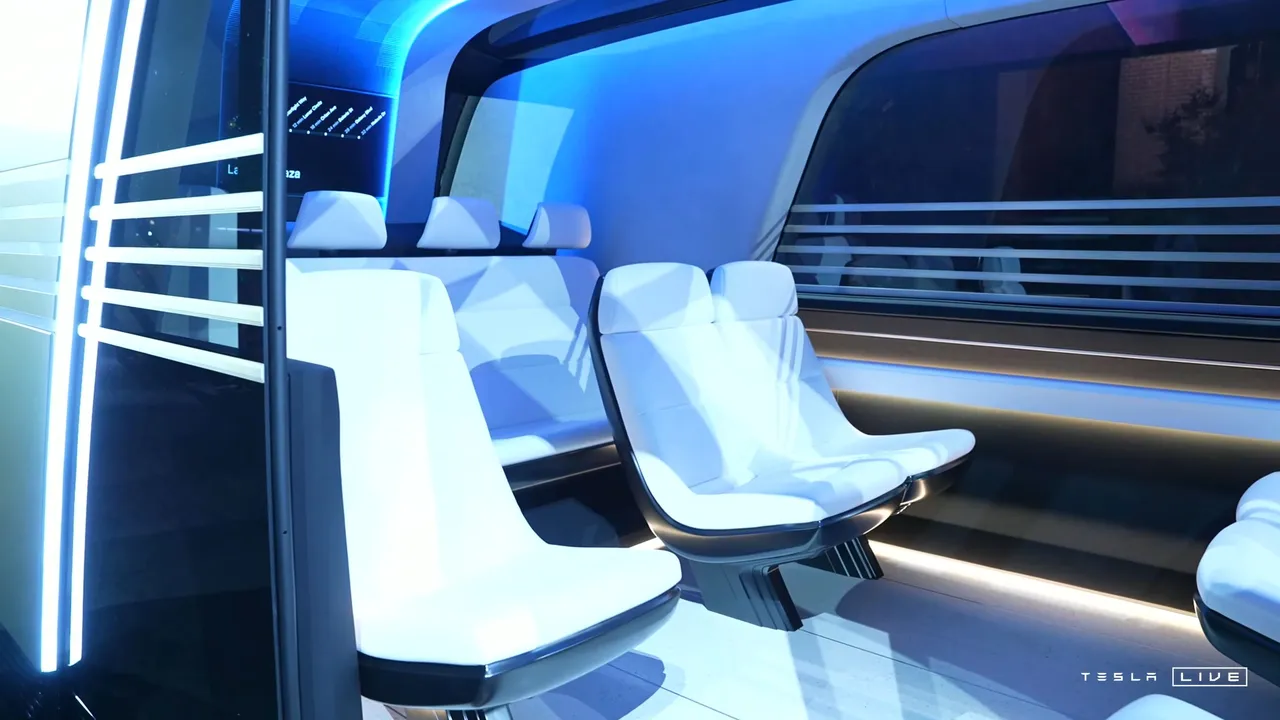At We, Robot, Tesla unveiled the Robotaxi, the fully autonomous car with no steering wheel, and the Robovan, a higher-density vehicle. Alongside, they introduced the new upgrades to Optimus, the Tesla humanoid robot. Most of it is exciting, but there are also concerning things about these autonomous machines.

At first glance, the Tesla Robotaxi looks a lot more like the futuristic cars we see in the movies. It is a fully self-driving car, but what's very interesting about it is that that is the only way to actually drive it—without driving it. It has no steering wheel, and neither does it have pedals. The same goes for the Robovan.
Self-driving cars have been around for a while now, but they are gaining more attention in recent times as artificial intelligence rapidly advances, further improving autonomous capabilities. Tesla has been in the lead for a long time now, and they have introduced very interesting new concepts for full self-driving.
Steering wheel and pedals aren't the only things Robotaxi doesn't have. There are no side mirrors or rear view. Also, most of the controls are on the massive 21-inch touchscreen at the centre of the dashboard. That is, no door latches as well. When Robotaxi [Cybercab] launches in 2027—as Elon mentioned—it will be "fully unsupervised self-driving capable and will only charge by wireless inductive charging."

Indeed, it is quite exciting to have such a car this advanced. Evidently, we're in for even more evolutionary times in the coming years. The future when many aspects of our lives are autonomous is closer than many of us would have thought a few years ago. Until we get there, are we really ready for it now?
As there weren't much details given about Robotaxi in the We, Robot event, YouTube creator Marques Brownlee fortunately "grilled" some of the engineers that worked on its development. Apparently, there isn't a manual override available. And when asked, "What if there's an emergency, or say, an accident, and the car doesn't respond in time? Is there a way to at least manually step in?" Their response implied that "the whole point and goal of the full self-driving is so that you don't have to.

It really is cool to just be able to sit back and do other things while the car does the driving itself. With a 21-inch screen, one can watch Netflix or stream videos on the go. It's another level of convenience to not have to drive. Under ideal conditions, yes, a truly fully self-driving car would be perfect. The reality, however, is that the world as we know isn't perfect.
Having more self-driving cars may seem like it would reduce a lot of traffic problems and crashes, but it really isn't directly proportional. While self-driving cars may not make human-type errors, they could make errors that humans wouldn't. So the idea of Robotaxi not having manual override is a bit unsettling.

Another aspect to consider is how it will only charge by wireless inductive charging. The concept makes a lot of sense, considering that it is supposed to be a fully autonomous machine. A car that can drive itself should also be able to charge itself, making it need zero human assistance. One slight problem is that inductive wireless charging is not as fast as supercharging with cables.
If the Robotaxis will not be able to use the superchargers, that means there's a low limit to how much charge it can carry per day, affecting how far it can travel. Invariably, the Cybercar isn't for long road trips and is mainly to be a taxi.
Being a fully autonomous vehicle, there is the idea of having it work round the clock and earning money for its owner as an Uber. While the owner isn't using it, like at night, the Robotaxi could go act as an Uber. It's promising, and most especially so for those that would own fleets of them for that purpose.


The Robovan is similar to the Robotaxi, and it is more suitable for travelling in groups and with language. It is a 20-seater vehicle. Like the Robotaxi, it has a striking look to it.
Alongside Robotaxi and Robovan, Optimus was unveiled to have significant upgrades. At the We, Robot "Party," many of the robots performed impressively, especially in their interactions with humans. Apparently, they weren't fully autonomous [for that event], as humans were assisting the humanoids remotely.
Tesla was criticised a lot for having human operators behind the Optimus robots at the event. One analyst at Canaccord Genuity, George Gianarikas, wrote concerning that with "So What!," addressing the criticisms:
"The dexterity shown and developmental progress exhibited by the robots were off the charts," the analyst said. "And, as Mr. Musk has pointed out before, the robotics industry currently does not have a well developed supply chain. That means that Tesla, with its internal manufacturing acumen, battery expertise, proficiency in motor design, electronics know-how, and mechanical engineering resources has the potential to create a vertically integrated robotics behemoth over the long term." - Analyst George Gianarikas


Indeed, the robots may have been assisted here and now, although claimed to be fully autonomous, Tesla, among many other robotics incumbents, is only one step closer to taking us to the future where these things are highly functional and perhaps the everyday norm. And Tesla is very well positioned here and now with all they have.
Images 2 - 4 by MKBHD. Other images from Tesla: We Robot
